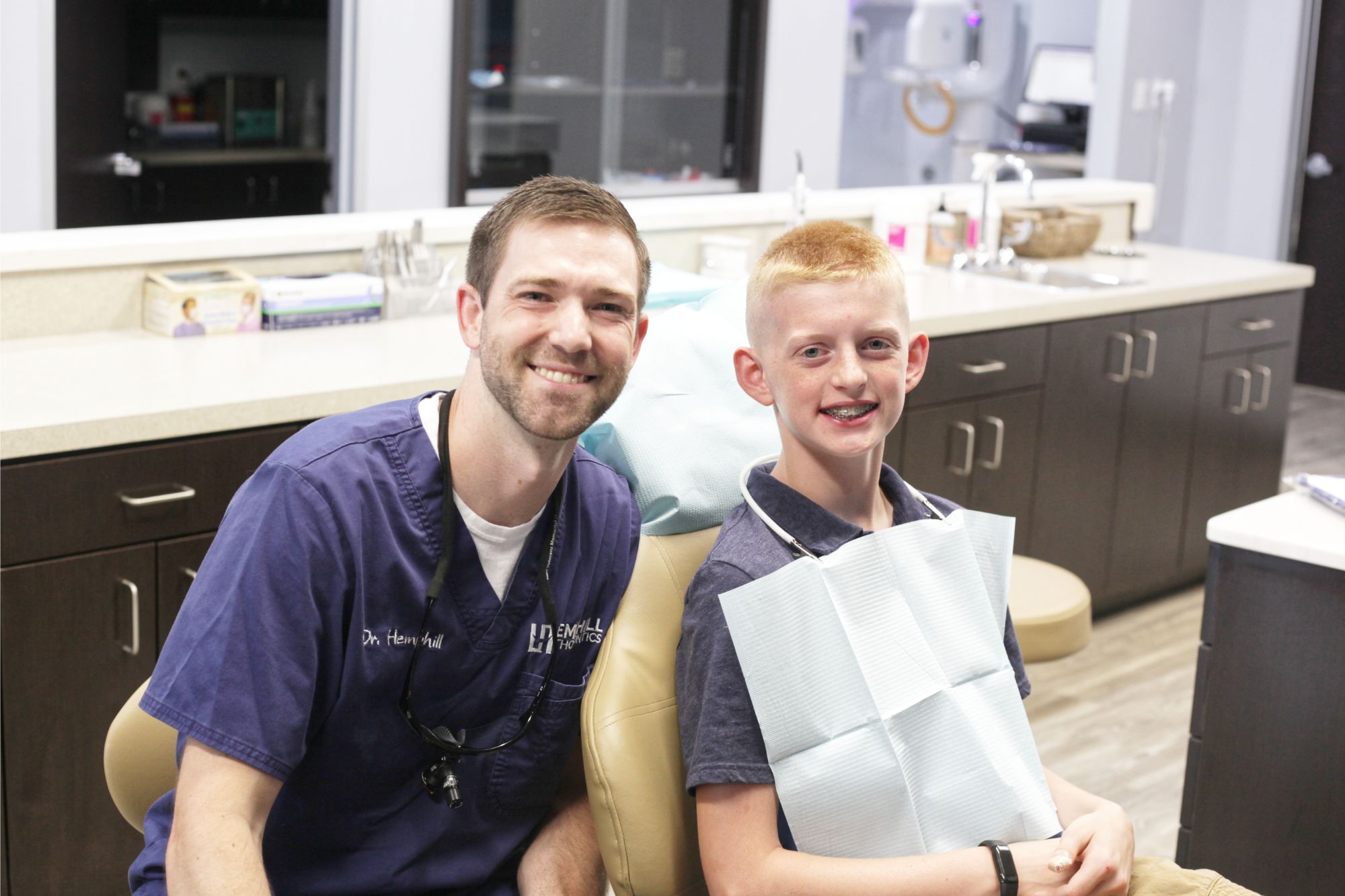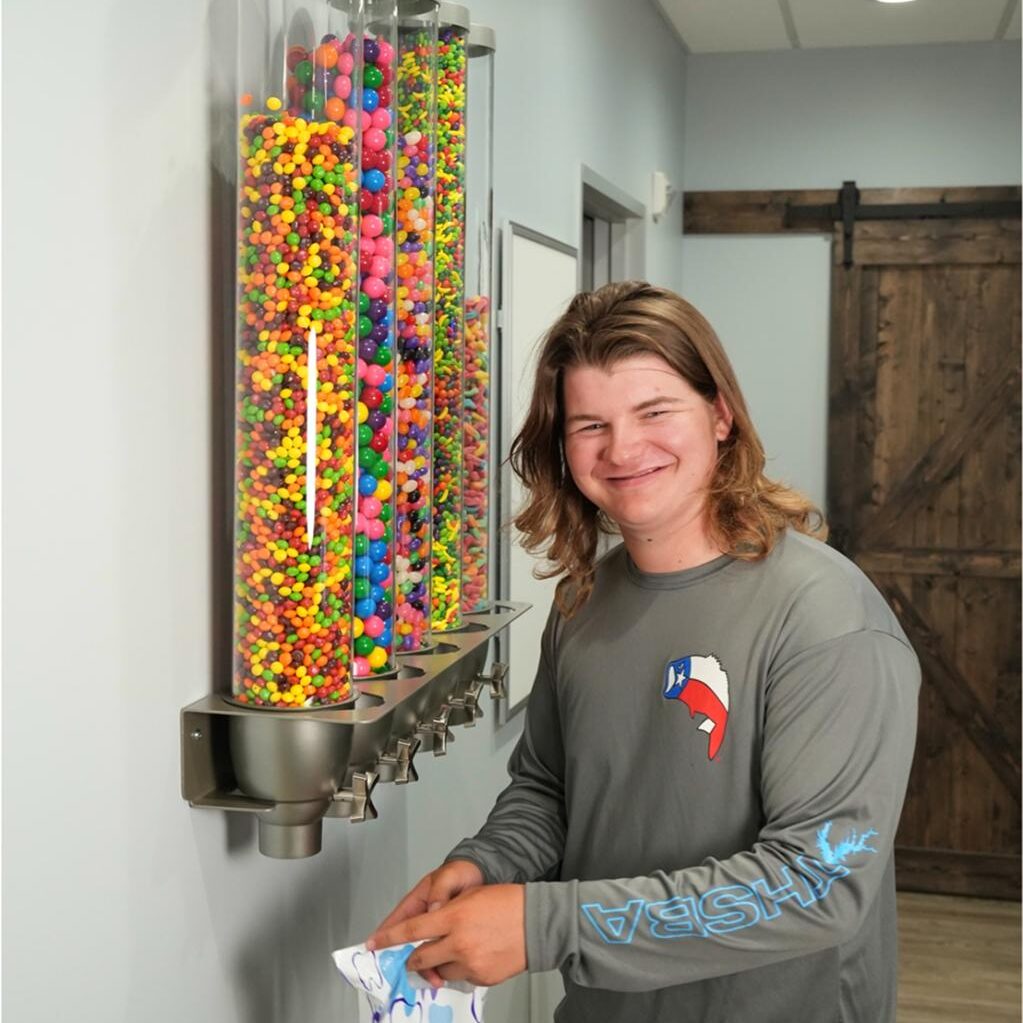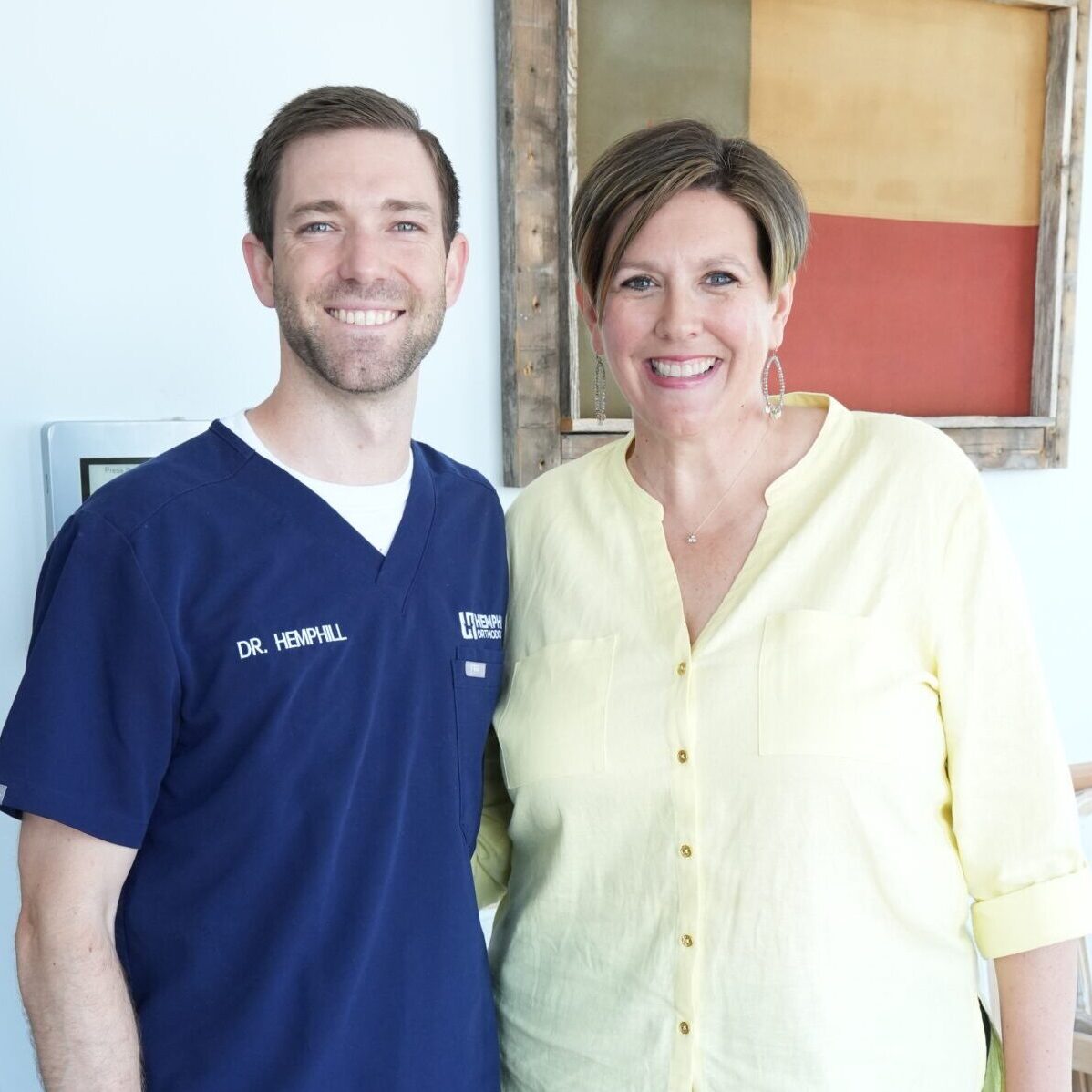Everyone Deserves a Beautiful Smile
Here at Hemphill Orthodontics, we believe everyone should be able to get quality orthodontic care and a beautifully aligned smile. We’re proud to offer a full range of orthodontics for children, teens, and adults in Celina.

Orthodontics for Children
All Kids Should Get an Orthodontic Check-Up By Age 7
Your child needs teeth and jaws that are properly aligned to have a smile that's long-lasting and healthy – in other words, a healthy bite.
The American Association of Orthodontists recommends that your child get an orthodontic check-up by no later than age seven years old.
By then, your child's teeth have developed enough for subtle problems with jaw growth and emerging teeth to still be spotted while some baby teeth are still present.
This check-up may reveal that your child's bite is fine and braces for kids aren't necessary.
Or, Dr. Hemphill may identify a developing problem but recommend monitoring your child's growth and development, and then, if indicated, begin treatment at the appropriate time for your child.
In other cases, Dr. Hemphill might find a problem that can benefit from early treatment.
What Is Early Treatment?
Early treatment may prevent or intercept more serious problems from developing and may make treatment at a later age shorter and less complicated.
In some cases, Dr. Hemphill will be able to achieve results that may not be possible once the face and jaws have finished growing.
Choosing the Best Time for Treatment
While the age that kids get braces may vary, orthodontic treatment most often begins between ages 9 and 14.
Some orthodontic problems are easier to correct if they are treated early.
If Dr. Hemphill thinks your child will need treatment, he’ll let you know when it is the best time to begin treatment.
This gives your orthodontist the best chance to:
- Guide jaw growth
- Lower the risk of trauma to protruded front teeth
- Correct harmful oral habits
- Improve appearance and self-esteem in your child
- Guide permanent teeth into a more favorable position
- Create a more pleasing arrangement of teeth, lips and face

Signs the Bite’s Not Right
It's not always easy to tell when your child may need braces or has an orthodontic problem.
Even teeth that look straight may be hiding a problem bite. Here are some clues that may indicate the need for orthodontic attention:
- Early or late loss of baby teeth
- Difficulty chewing or biting
- Breathing through the mouth
- Thumb-sucking
- Crowded, misplaced or blocked-out teeth
- Jaws that are too far forward or back
- Biting the cheek or biting into the roof of the mouth
- Protruding teeth
- Upper and lower teeth that don't meet, or meet in an abnormal way
- An unbalanced facial appearance
- Grinding or clenching of the teeth

Orthodontics for Teens
Teen Orthodontics
Experienced orthodontists like Dr. Hemphill will be able to easily recognize issues with spacing, crowding, bite, and alignment in this age range, and your teen’s bone and jaw structure are formed enough to allow orthodontic treatment to begin.
Some teens may have even started Phase I treatment at an earlier age, and are now following it up with full braces or other orthodontic treatment.
Common Smile Problems
Beyond outward appearances, untreated dental problems can have a lasting impact on your teen’s oral and overall health.
If you notice any of the following issues, we recommend a complimentary consultation with Dr. Hemphill at Hemphill Orthodontics, since they could be signs your teen may benefit from orthodontic treatment.
- Early, late, or irregular loss of their baby teeth
- Difficulty with chewing or biting
- Crowding or extra spacing between teeth
- Jaws that shift or make sounds
- Frequent biting of the cheek or the inside of the mouth
- Teeth that meet abnormally or not at all
- Jaws and teeth that are out of proportion to the rest of the face
- Protrusion of teeth
Bad Bites
Diagnosing and successfully treating certain bite problems can have short-term and long-term benefits. Problems classified as “bad bites” can often be minimized with the proper orthodontic treatment, including:
- Crooked or crowded teeth
- Missing or extra teeth
- An overbite or underbite
- Incorrect jaw position
- A disorder of the jaw joint

Smile Benefits
Straight teeth that respond well to orthodontic treatment carry a number of benefits, including:
- Being less prone to wear and tear, chipping, and tooth trauma
- Being easier to keep clean, helping to prevent tooth decay and cavities
- Reducing the chances of developing gum disease, which can result in bone loss, decay, and tooth loss
- Improving proper chewing and digestion of food

